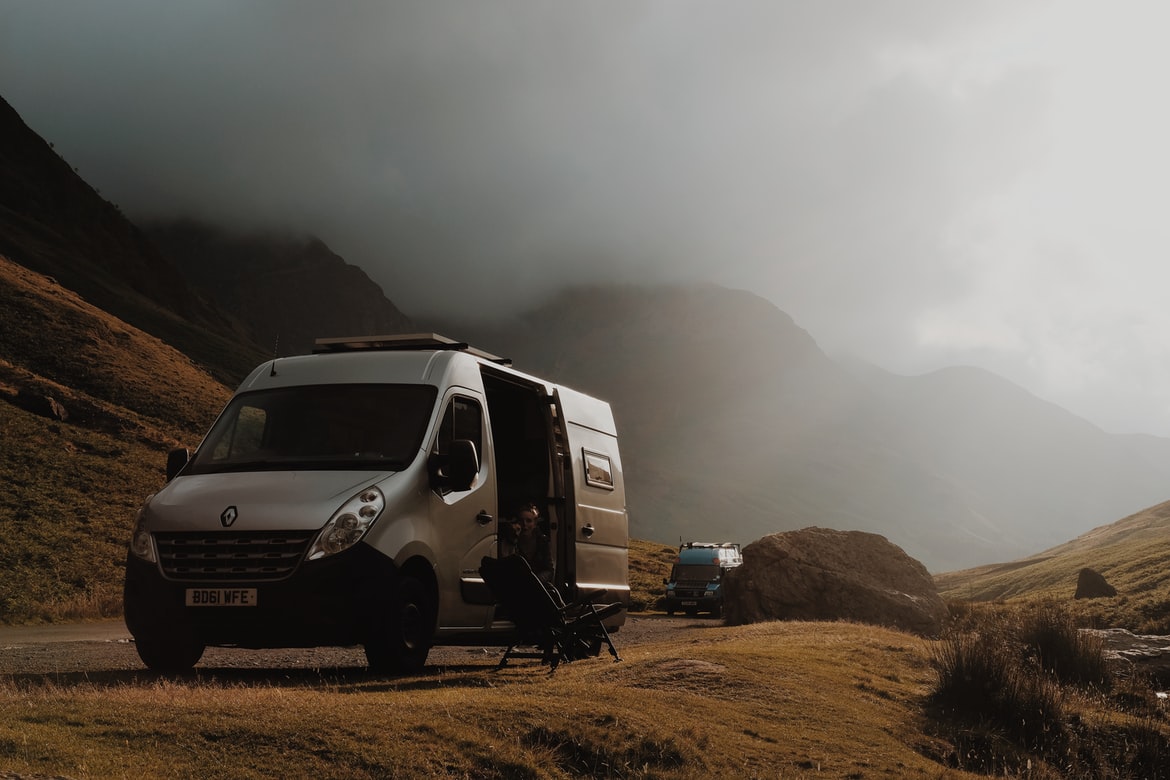In day-to-day life, few of us would struggle to tell the difference between a car and a van. As is often the case, though, things aren’t so straightforward in the world of tax.
HMRC has a strict definition of each category, which aren’t always what you would expect. Moreover, cars and vans are treated very differently for tax purposes. Getting it wrong can be a costly mistake.
Here is a rundown of the main differences between the two categories and what it might mean for the tax you pay.
What counts as a van?
Broadly speaking, a vehicle is considered a van if it meets the following criteria:
- it is primarily designed to carry goods rather than people.
- it has no windows in the load-bearing part of the vehicle. This means that a car with the rear seats folded down does not count as a van.
- it has a total fully loaded weight of less than 3,500kg. Vehicles that weigh more than this are classed as heavy goods vehicles.
However, there are some vehicles that don’t meet these criteria but are still considered vans:
- vehicles that can hold only one person, or more than 12 people.
- caravans, prison vans, horseboxes, ambulances or any other vehicle built for a specific purpose besides carrying passengers.
- double cab pickups or vans derived from cars. Despite having additional passenger seats and side windows, these are still classed as vans if they carry a payload of more than 1,000kg. The loading area must also be bigger than the passenger area.
What counts as a car?
HMRC defines cars more by what they aren’t than what they are. For tax purposes, a car is any “mechanically propelled road vehicle” that isn’t:
- a van or HGV according to the previous definition
- a motorcycle
- an invalid carriage
- a vehicle not commonly used for private transport (e.g. a quad bike).
To be classed as a car, a vehicle must also have three or more wheels and at least one of the following:
- be designed primarily to carry passengers
- have a roofed area behind the driver that is fitted with side windows
What does choosing a van over a car mean for my taxes?
When it comes to tax, vans have a number of advantages over most cars.
You can reclaim the full amount of VAT on the purchase of commercial vehicles, including vans. In effect, this means that you get a 20% discount on any van that you buy purely for commercial use.
Vans are also eligible for relief as a capital allowance. The annual investment allowance allows businesses to claim 100% tax relief on purchases of “plant and machinery” up to the value of £1 million until March 2023. Vans fall into this category, but most cars do not.
From 1 April 2021 to 31 March 2023, companies investing in qualifying new plant and machinery assets will also be able to claim a 130% ‘super-deduction’ capital allowance, meaning your tax bill could be cut by up to 25p for every £1 you invest.
What about electric cars? That’s a whole other story, one that we’ve fortunately covered before.
What if I want to use the vehicle outside of work?
Using a company car or van for personal errands is considered a business perk, and is therefore subject to a benefit in kind (BIK) tax. This is charged on both cars and vans, but is calculated differently for each.
For a company car, BIK is charged at a variable rate based on CO2 emissions and the value of the car. This figure is then multiplied by your marginal rate of income tax to arrive at the amount that you owe.
Vans are much more straightforward. BIK is charged at a flat annual rate, which currently stands at £3,500.
HMRC allows “insignificant private use” of a van without incurring BIK. An example of this would be attending a doctor’s appointment on the way to work. Anything more substantial is classed as personal use, and is therefore subject to BIK.
Talk to us about your company vehicle
